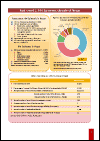What's New
Displaying results 1661 - 1670 of 4899
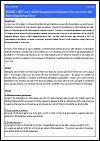
Resource | Fact Sheets,
In Hong Kong, the number of HIV cases transmitted through injecting drug use (IDU) has remained low up till now and contributed to less than 5% of all reported cases cumulatively. However, the potential risk of cluster outbreak and rapid upsurge of infection among the IDU population is always a concern. To monitor HIV-related risk behaviours and access to HIV testing services among IDU, this population has been included as one of the four at-risk populations in the HIV/AIDS Response Indicator Survey (HARiS) implemented since 2013. The fifth round of survey was conducted in 2017 via commissioning to the Stanley Ho Centre for Emerging Infectious Disease, School of Public Health and Primary Care of the Chinese University of Hong Kong.

Resource | Fact Sheets,
HIV behavioural surveillance among at risk target populations is an essential tool in measuring HIV behavioural risk factors and providing information of the effectiveness of programmes and interventions in preventing HIV infection. To better understand the risk of HIV infection among the male clients of female sex workers (MCFSW) population, it was included as one of the five major at-risk populations in the HIV/AIDS Response Indicator Survey (HARiS) implemented since 2013. The survey was repeated in 2017 via commissioning to the Stanley Ho Centre for Emerging Infectious Disease, School of Public Health and Primary Care of the Chinese University of Hong Kong.
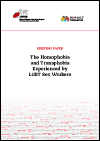
Resource | Publications,
Lesbian, gay, bisexual and transgender (LGBT) people experience targeted homophobia and transphobia at every level – including legal, political and social. For sex workers who are LGBT, discrimination on the grounds of sexual orientation and gender identity adds to and intensifies the discrimination they experience as sex workers. This Briefing Paper written in collaboration with NSWP documents the stigma and discrimination experienced by LGBT sex workers and highlights differences in their experiences when compared with other members of their respective communities.
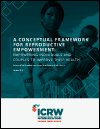
Resource | Publications,
In this brief, we define reproductive empowerment and present a conceptual framework of reproductive empowerment, based on an extensive literature review and consultations with experts in the fields of sexual and reproductive health, rights-based family planning and women’s empowerment. As a part of this process, a more extensive background white paper was developed, including a review of existing empowerment measures in the reproductive realm, which this brief is based on.
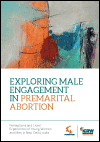
Resource | Publications,
Male involvement in relation to abortion services remains a largely understudied area, more so in instances of unintended premarital abortions. Abortion care is an important area for involvement of men. In addition to the potential benefit for individual women, male involvement may at a broader level improve women’s access to safe abortion and quality care since men are partners, brothers, fathers and friends, their experiences with abortion services affect how women are treated and how abortion is perceived in society. In case of an unintended pregnancy before marriage the role played by men becomes more crucial because social stigma associated with premarital sex, particularly in a context like India, heightens a woman’s vulnerability, isolation and alienation.
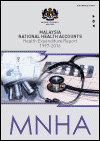
Resource | Publications,
This publication on the Malaysia National Health Accounts (MNHA) contains twenty years national health expenditure data from 1997 to 2016, estimated using standardised and internationally acceptable National Health Accounts (NHA) methodology.
The reporting format follows closely the MNHA Framework and is kept almost similar to previous reporting format with the addition of a few editorial improvements for ease of reading and new sections.

Resource | Publications,
This is the 34th edition of the “Indicators for Monitoring and Evaluation of The Strategy Health for All” since the first Common Framework for Evaluation (CFE) was carried out in 1985. The global indicators have remained unchanged ever since. These indicators represented the essential minimum for member countries of WHO to evaluate their own national strategy towards HFA goals.
Following each alternating cycle of monitoring and evaluation by the member countries and by the six regional coordinating centres, the Executive Board of the WHO and the World Health Assembly was able to evaluate the HFA strategy globally. With each global monitoring and evaluation, the list of indicators was modified to ensure that it was adequate.
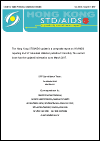
Resource | Publications,
The Hong Kong STD/AIDS update is a composite report on HIV/AIDS reporting and STI caseload statistics published 3 monthly. The current issue has the updated information up to March 2018.
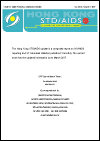
Resource | Publications,
The Hong Kong STD/AIDS update is a composite report on HIV/AIDS reporting and STI caseload statistics published 3 monthly. The current issue has the updated information up to June 2018.






